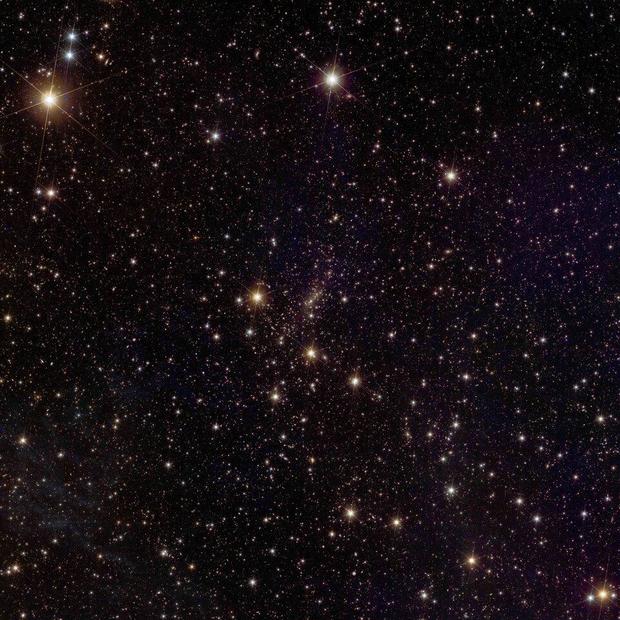
Euclid space telescope captures dazzling new images of the cosmos: “Never seen anything like it”
A mind-boggling number of shining galaxies, a purple and orange star nursery and a spiral galaxy similar to our Milky Way: new images were revealed from Europe’s Euclid space telescope on Thursday.
It is the second set of images released by the European Space Agency since Euclid launched last year on the first-ever mission to investigate the mysteries of dark matter and dark energy.
“The never-before-seen images demonstrate Euclid’s ability to unravel the secrets of the cosmos and enable scientists to hunt for rogue planets, use lensed galaxies to study mysterious matter, and explore the evolution of the universe,” the European Space Agency said in a statement.
Perseus galaxy cluster.
These lost stars “are now trapped in the gravity of the dark matter,” Laureijs said.
This remains only “indirect detection of dark matter,” he emphasized, adding that it was too early “to say something about dark energy.”
An image released last year showed a spectacular wide-angle view of Perseus, revealing at least 1,000 gravitationally-bound galaxies with another 100,000 or so sprinkled across the more distant background — many of them never before seen.
The mission has not been entirely smooth sailing.
In March, a delicate operation successfully melted a thin layer that had been slowing clouding the telescope’s sight by warming one of the telescope’s mirrors.
There are signs that the ice is building up again, Laureijs said, adding that the team has time to investigate what to do next.
Launched from Cape Canaveral on July 1, 2023 atop a SpaceX Falcon 9 rocket, the $1.5 billion Euclid is stationed about a million miles from Earth on the far side of the moon’s orbit.
Over the course of its six-year mission, the observatory will image the entire sky around the Milky Way, monitoring galaxies and galaxy clusters dating back 10 billion years.
“The images and associated science findings are impressively diverse in terms of the objects and distances observed. They include a variety of science applications, and yet represent a mere 24 hours of observations. They give just a hint of what Euclid can do,” Valeria Pettorino, ESA’s Euclid Project Scientist, said in a statement Thursday. “We are looking forward to six more years of data to come!”
William Harwood contributed to this report.
More
More
Source: cbsnews.com